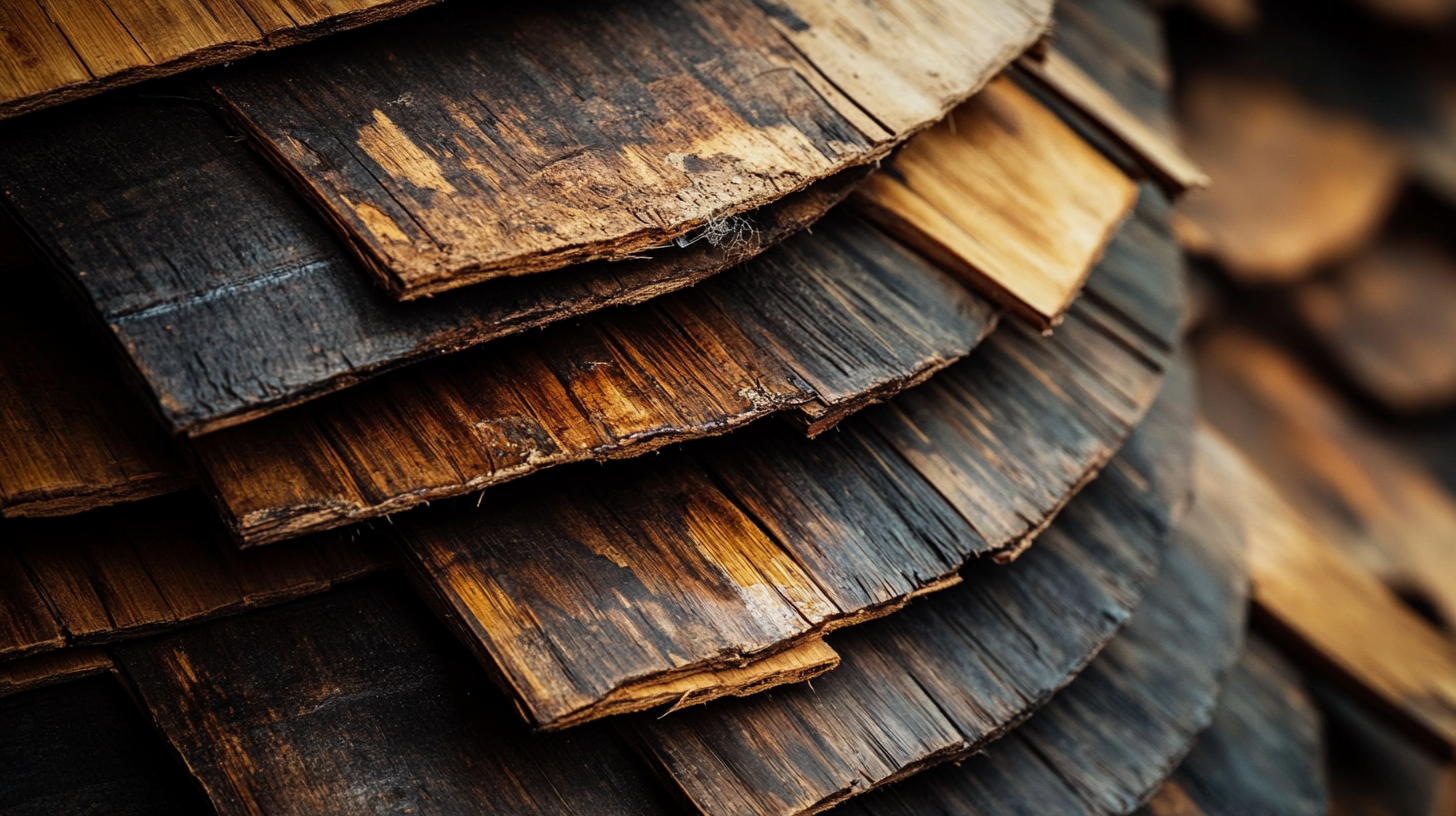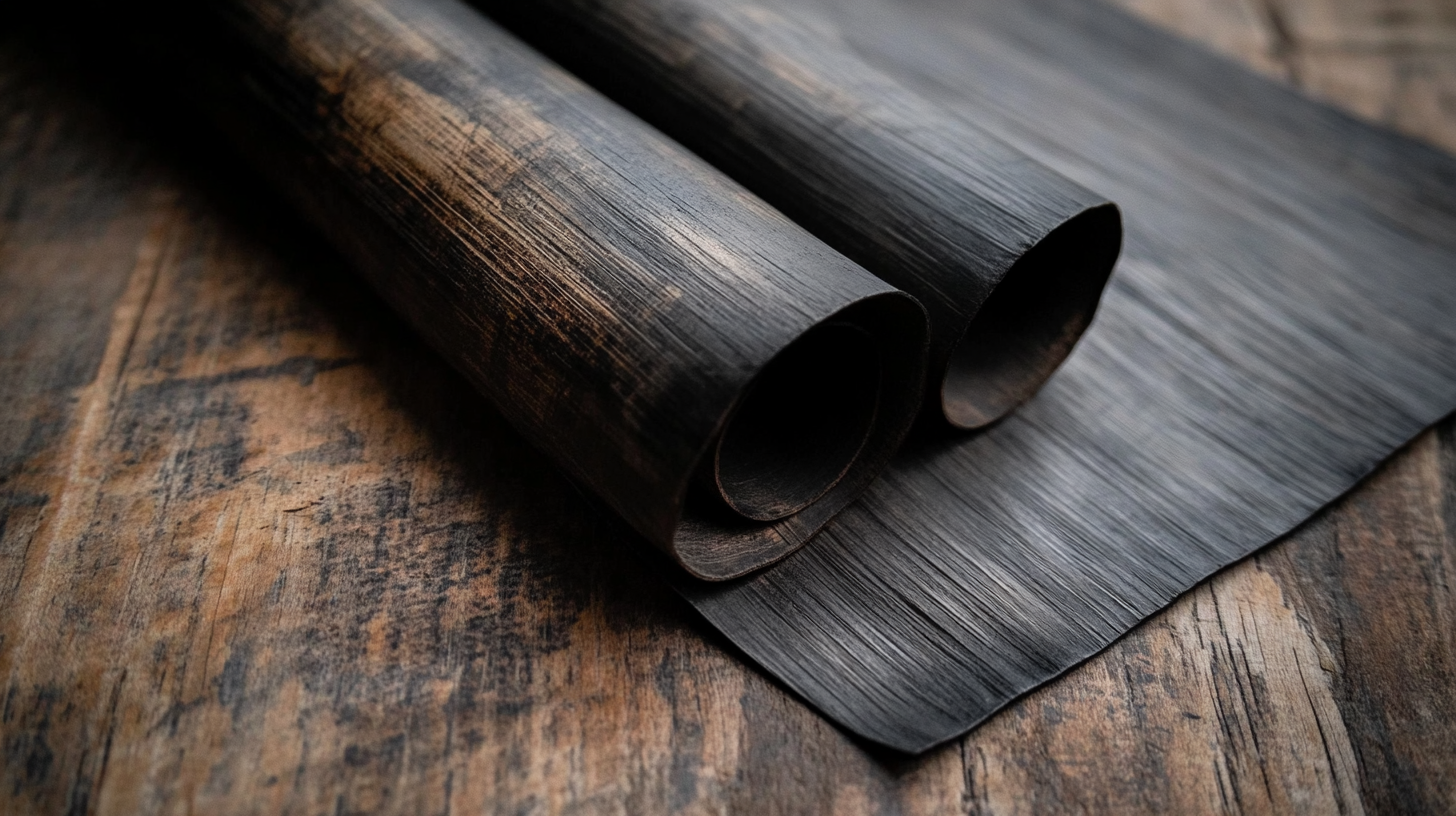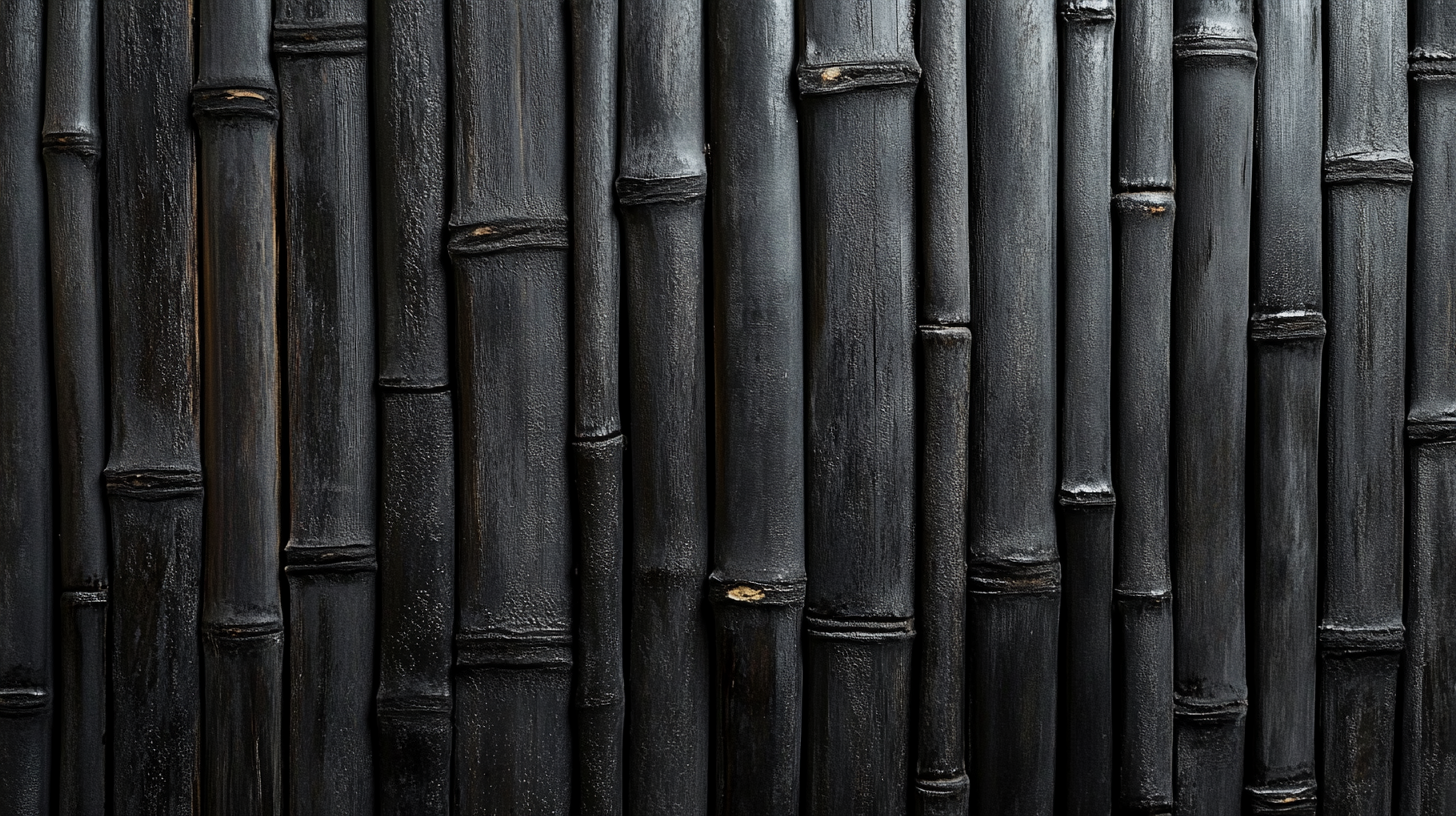
The bamboo charcoal wood veneer market is poised for significant growth in the coming years, driven by increasing consumer awareness of sustainable materials and the rise in demand for eco-friendly products. According to a report by Research and Markets, the global bamboo market is projected to reach USD 98.9 billion by 2025, with bamboo charcoal wood veneer representing a notable segment due to its unique properties and aesthetic appeal. This natural material is not only sought after for its durability and versatility in design but also for its environmental benefits, as bamboo is a fast-growing resource that captures carbon efficiently.
As we look towards 2025 and beyond, the integration of bamboo charcoal wood veneer into various applications, from interior design to furniture making, is expected to accelerate. The report by Grand View Research indicates that the global veneer market is anticipated to expand at a compound annual growth rate (CAGR) of 5.2% over the next few years. This growth can largely be attributed to the increasing emphasis on sustainable architecture and innovative uses of bamboo charcoal wood veneer. Companies and consumers alike are now prioritizing not only aesthetic and functional qualities but also the ecological impact of their choices, unlocking numerous opportunities for growth in this promising market.

The bamboo charcoal wood veneer market is witnessing remarkable growth, driven by increasing demand for sustainable materials. Recent industry reports indicate that the global bamboo charcoal market is projected to reach $137 million by 2025, with a compound annual growth rate (CAGR) of 8.6%. This surge is attributed to the rise in eco-conscious consumer behavior and the architectural industry's shift toward greener building materials. Emerging trends in the production of bamboo charcoal wood veneer highlight innovative manufacturing processes that enhance sustainability. Advanced carbonization techniques are being adopted that not only improve the quality of the bamboo charcoal but also reduce energy consumption in production by up to 30%. Additionally, companies are investing in recycling programs that utilize by-products from bamboo processing, creating a closed-loop system that minimizes waste and maximizes resource efficiency. Moreover, the design and aesthetic appeal of bamboo charcoal wood veneer cater to contemporary interior design trends, making it a desirable choice for manufacturers and consumers alike. Market analysis shows that decorative applications, such as wall panels and furniture finishes, are experiencing an uptick in demand, pushing the innovation envelope further. The integration of bamboo charcoal in high-end products not only supports sustainable living but also offers additional benefits such as odor absorption and moisture control, enhancing the value proposition for both producers and consumers.

Bamboo charcoal wood veneer is increasingly recognized as a game-changer in the fields of interior design and construction, owing to its unique properties and sustainability benefits. According to a report from Research and Markets, the global bamboo market is projected to reach $98 billion by 2025, driven primarily by the rising popularity of sustainable materials such as bamboo charcoal. This lightweight yet durable material not only provides aesthetic appeal but also contributes to a healthier indoor environment.
One of the key benefits of bamboo charcoal wood veneer is its natural ability to absorb moisture and odors, making it an ideal choice for home interiors. A study published in the Journal of Environmental Management highlights that bamboo charcoal can reduce volatile organic compounds (VOCs) by up to 90%, greatly enhancing indoor air quality. This feature is particularly valuable in urban settings, where pollution levels are high and indoor air quality often suffers.
Furthermore, bamboo charcoal wood veneer boasts remarkable thermal properties. It acts as an excellent insulator, helping to reduce energy consumption in buildings. According to a report by the International Energy Agency, buildings account for about 40% of global energy use, and adopting materials that enhance energy efficiency is imperative. By incorporating bamboo charcoal wood veneer, architects and builders can not only meet sustainability goals but also create comfortable living spaces that reflect a modern aesthetic while being environmentally responsible.

The bamboo charcoal wood veneer industry is becoming increasingly competitive as major players strive to capture a larger share of this niche market. With rising awareness of sustainable products and eco-friendly materials, companies in this sector are investing heavily in innovation and marketing strategies to differentiate their offerings. Bamboo charcoal wood veneer is not only prized for its aesthetic qualities but also for its functional benefits, such as moisture regulation and air purification.
Leading manufacturers are focusing on enhancing production techniques to offer higher quality veneers that meet the growing demand from both residential and commercial sectors. In addition to traditional applications in furniture, cabinetry, and interior design, the versatility of bamboo charcoal wood veneer allows for new usages in various industries, including automotive and electronics. The emphasis on sustainability is driving collaboration between manufacturers, designers, and consumers, creating a vibrant ecosystem that supports the growth of bamboo-based products.
As environmental consciousness continues to rise, companies are also incorporating sustainable practices into their supply chains, from sourcing raw bamboo to employing eco-friendly processing methods. The competitive landscape is further complicated by the entry of new players who are keen to capitalize on the trend toward greener living. Continuous research and development will be crucial for existing and emerging companies to innovate and maintain their competitive edge in the bamboo charcoal wood veneer market.

The bamboo charcoal wood veneer market is poised for significant growth, but it also faces unique challenges that could impact its trajectory beyond 2025. One of the primary challenges is the need for sustainable sourcing and production practices. As demand for eco-friendly products rises, manufacturers must ensure that their bamboo charcoal is harvested responsibly, which requires adherence to strict environmental regulations and certifications. This focus on sustainability can be both a hurdle and an opportunity, as brands that prioritize ethical sourcing may gain competitive advantages and build stronger relationships with environmentally conscious consumers.
Another challenge lies in market competition. As more players enter the bamboo charcoal veneer sector, companies need to differentiate their products through innovation and quality. This could involve investing in research and development to enhance the properties of bamboo charcoal, such as improving its durability, aesthetic appeal, or functional benefits. On the flip side, this challenge fosters opportunities for collaboration among businesses, as partnerships can lead to shared knowledge and resources. Innovative marketing strategies that highlight the unique benefits of using bamboo charcoal wood veneer can also help carve out a niche within the crowded marketplace.
Furthermore, consumer awareness and education will be critical in driving future growth. While bamboo charcoal wood veneer boasts numerous advantages, including its natural antibacterial properties and sustainability, many consumers remain unaware of these benefits. Companies have the opportunity to invest in educational campaigns that inform potential customers about the ecological and health advantages of bamboo charcoal products. By enhancing consumer understanding, businesses can tap into a growing segment of market enthusiasts who prioritize sustainability in their purchasing decisions, ultimately propelling the bamboo charcoal veneer market into a successful future.
The demand for bamboo charcoal wood veneer is increasingly being shaped by evolving consumer preferences, which prioritize sustainability, aesthetics, and functionality. As eco-consciousness continues to rise, consumers are gravitating towards products that not only fulfill their decorative needs but also align with their ethical values. Bamboo, known for its rapid growth and renewability, presents an attractive alternative to traditional wood sources. This shift in consumer mindset is driving manufacturers to innovate and enhance the appeal of bamboo charcoal wood veneer, ensuring it meets the aesthetic and performance expectations of today's discerning buyers.
Innovation in this sector is being fueled by the need for customized designs and functionalities. Consumers are seeking unique finishes, textures, and colors that can seamlessly integrate into modern and classic interior designs. As a result, manufacturers are experimenting with new processing techniques and treatments that enhance the natural properties of bamboo charcoal. Additionally, advancements in technology are enabling the creation of more durable and versatile veneers, making them suitable for various applications, from furniture to flooring.
Moreover, the intersection of consumer preferences and technological innovation is fostering a competitive landscape for bamboo charcoal wood veneer in the global market. Companies are not only focused on sustainability but are also responding to the demand for transparency in sourcing and production processes. As consumers become more informed about the environmental impact of their purchases, brands that emphasize responsible sourcing and production practices will likely thrive. This alignment of consumer values and industry innovation is poised to shape the future of bamboo charcoal wood veneer, enhancing its position in the global marketplace.
